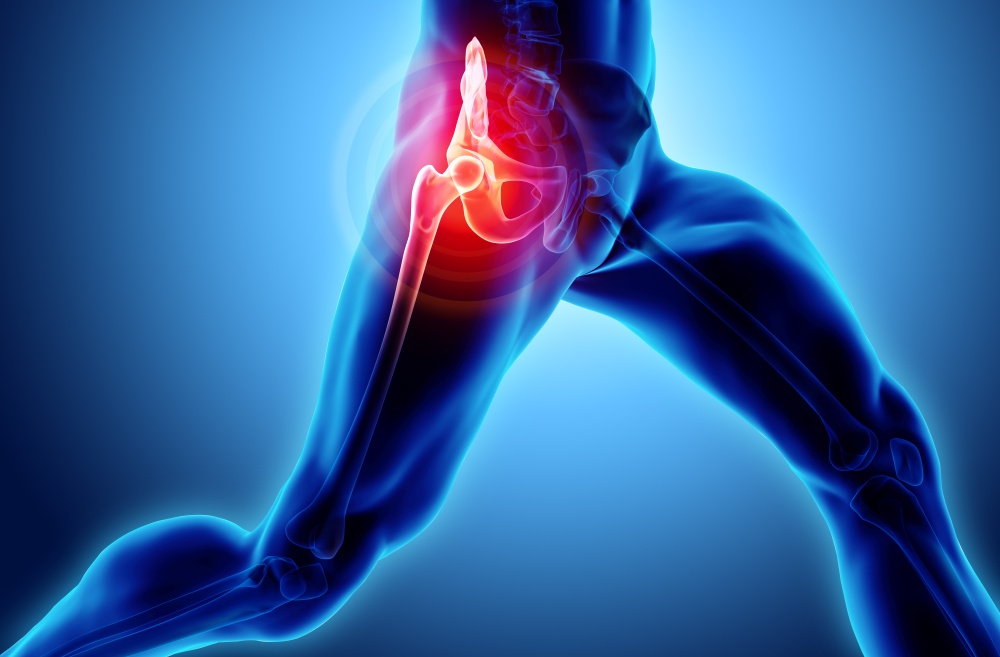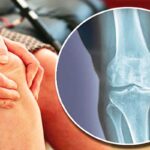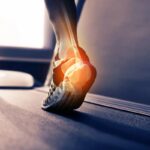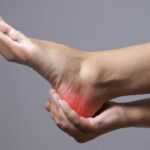
Hip injuries (fractures, labral tears, and dislocations), bursitis, childhood diseases, arthritis, and bursitis are among the ailments that can cause hip discomfort. Gymnasts, dancers, and other athletes who move their hips in different ways are more prone to hip pain and injury. Rest and physical therapy are frequently used as treatments.
What is hip pain?
Hip pain can be brought on by arthritis, accidents, or issues with the hip socket. Hip pain can affect people of any age, although older people are more likely to encounter it because of arthritis and bone fractures. Dancers, gymnasts, and other athletes with a wide range of hip motion are more prone to hip injuries, particularly from overuse.
Depending on the cause, you might feel better with rest, anti-inflammatory medicine, and ice. Surgical repair may be necessary for more serious wounds. To repair torn tendons or the acetabular labrum, doctors frequently perform minimally invasive arthroscopic surgery. Your doctor might advise hip replacement surgery if the damage is severe.
What causes hip pain?
Hip pain can be caused by a variety of ailments and accidents over your lifetime. Several typical reasons for hip discomfort include:
Arthritis: Hips can be affected by osteoarthritis, rheumatoid arthritis, and ankylosing spondylitis, among other forms of arthritis. Hip arthritis is quite typical. It results in swelling and joint pain. People of all ages can develop arthritis, but older people are more likely to do so.
Injuries: Your muscles, bones, tendons (strong fibers that connect muscles to bones), and ligaments can get damaged as a result of stress or trauma (tissues that connect bones to other bones). Athletes who engage in repetitive motion are more likely to develop overuse issues. Because our bones grow more brittle as we age, older adults are more likely to shatter a hip. Hip injuries can take many different forms, including:
- Dislocated hip.
- Labral tears (damage to the cartilage in the hip socket).
- Hip strains.
- Fractures.
- Snapping hip syndrome.
Bursitis: Our joints receive padding from the bursae. These are fluid-filled sacs that are found inside the hip. Because of an accident, excessive use, or arthritis, these bursa sacs may become inflamed and swollen. A painful ailment known as bursitis may manifest as a result.
Structural abnormalities: Babies are susceptible to hip developmental dysplasia (DDH). When the hip socket is excessively shallow, the ball portion of the ball-and-socket hip joint does not stay in the socket. DDH is hereditary. When a baby is born breech (with the feet emerging first), it may have this effect. DDH can lead to pain in later life if it is not treated.
Childhood illness: Children between the ages of 6 and 10 are susceptible to the rare hip illness known as Perthes disease (sometimes referred to as Legg-Calvé-Perthes disease). Perthes disease results in transient blood loss to the femur’s ball (thighbone). The bony ball degrades and changes shape as a result. It gradually loses its snug fit, resulting in hip joint pain.
How is hip pain treated?
The course of treatment for hip pain largely depends on how much discomfort you are experiencing and what is causing it. Mild muscle, tendon, or bursa sac injuries frequently get better with rest, ice, and anti-inflammatory drugs. The RICE method—rest, ice, compression, and elevation—can frequently be used. This type of therapy can be carried out at home and occasionally helps to ease hip discomfort. If necessary, surgeons can typically do minimally invasive surgery to repair torn tendons and labrums. A total hip replacement may be needed for more severe hip problems.
This form of therapy can be used at home and occasionally relieves hip pain. If necessary, torn tendons and labrums can usually be repaired with minimally invasive surgery. For more serious hip issues, a total hip replacement may be required.
Physical therapy exercises help strengthen your hip muscles and ease discomfort, regardless of what caused the pain.




